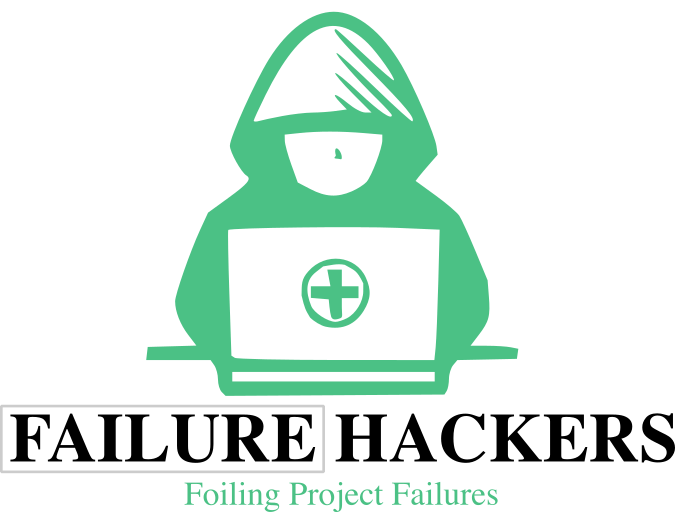Mastering Decision Matrices in Excel: Step-by-Step Walk-Through and Weighted Scoring Template Provided
Making decisions can often be overwhelming, especially when faced with multiple options or competing priorities. That’s where a decision matrix comes in handy. A decision matrix helps you evaluate and compare different choices based on specific criteria, allowing you to make more informed decisions. In this post, we will walk you through the process of creating a decision matrix using Excel and provide a weighted scoring template to simplify your next big decision. Once mastered you’ll use this time and time again for many options and decisions.
What is a Decision Matrix?
A decision matrix is a structured tool that allows you to organise and assess various options based on a set of predefined criteria. It quantifies subjective assessments, helping clarify which option tends to come out on top based on the criteria most important to you. By applying a weighted scoring system, you can ensure that more critical criteria (the ones you value more) bear more significance in your final evaluation.
Step-by-Step Walk-Through: Creating a Decision Matrix in Excel
Step 1: Define Your Options and Criteria
Begin by identifying the options you wish to evaluate. For instance, if you are choosing a new laptop, your options may include Option A, Option B, and Option C. Next, outline the criteria that are essential for your decision. Common criteria for laptop selection could be performance, battery life, price, and brand reputation.
Step 2: Set Up Your Excel Spreadsheet
Open Excel and create a new spreadsheet. Here’s how to set it up:
- In
Cell A1, type “Criteria”. - In
Cells A2, A3, A4, A5, list your selected criteria (e.g., Performance, Battery Life, Price, Brand Reputation). - In
Cell B1, type “Weight”. Under this heading (inCells B2 to B5), assign weights to each criterion based on its importance (e.g., 0.4, 0.3, 0.2, 0.1). The weights should total 1. - In
Cell C1, type “Option A”; inCell D1, type “Option B”; inCell E1, type “Option C”.
Your spreadsheet should now look like this:
| Criteria | Weight | Option A | Option B | Option C |
|---|---|---|---|---|
| Performance | 0.4 | |||
| Battery Life | 0.3 | |||
| Price | 0.2 | |||
| Brand Reputation | 0.1 |
Step 3: Rate Each Option
In the respective cells under each option (C2 to E5), input scores based on how well each option meets the criteria, typically on a scale of 1 to 10 (1 being poor and 10 being excellent).
| Criteria | Weight | Option A | Option B | Option C |
|---|---|---|---|---|
| Performance | 0.4 | 8 | 7 | 6 |
| Battery Life | 0.3 | 7 | 9 | 5 |
| Price | 0.2 | 6 | 5 | 8 |
| Brand Reputation | 0.1 | 9 | 6 | 7 |
Step 4: Calculate Weighted Scores
Now it’s time to calculate the weighted scores for each option. In the C6 cell, use the formula:
=SUMPRODUCT($B$2:$B$5, C2:C5)This formula multiplies the weights by the ratings for Option A and sums the results. Repeat this for Option B and Option C in D6 and E6 respectively.
| Criteria | Weight | Option A | Option B | Option C |
|---|---|---|---|---|
| Performance | 0.4 | 8 | 7 | 6 |
| Battery Life | 0.3 | 7 | 9 | 5 |
| Price | 0.2 | 6 | 5 | 8 |
| Brand Reputation | 0.1 | 9 | 6 | 7 |
| Total Score | =C6 | =D6 | =E6 |
Step 5: Analyse Results
Once you’ve calculated the total scores, the option with the highest score is generally considered the best choice. This quantitative approach offers clarity amid uncertainty.
Downloadable Weighted Scoring Template
To make things easier for you, I’ve created an empty Excel decision matrix template pre-set with the necessary formulas. You can download it here:
Download Decision Matrix Template
Practical Application
Next time you face a significant decision—be it purchasing electronics, selecting a service provider, or even considering job offers—utilise this decision matrix approach. This method allows you to break down the decision-making process into manageable parts and base your choice on logic rather than emotion.
Conclusion
Mastering decision matrices in Excel empowers you to analyse options systematically and confidently. With this step-by-step guide and downloadable template, you’ll be well on your way to making more informed decisions in both personal and professional contexts. Embrace this powerful tool, and watch how it enhances your decision-making abilities!





